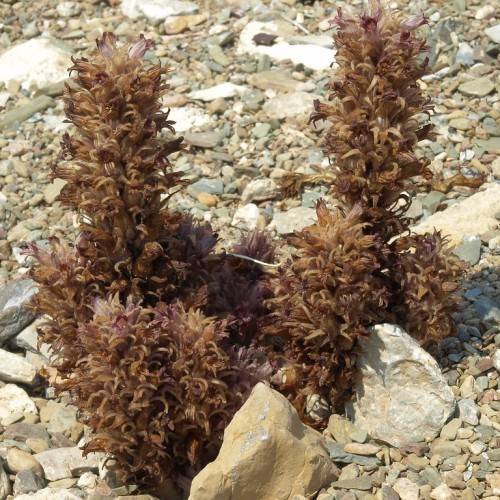
Louisiana Broomrape
Aphyllon ludovicianum
Watering:
Minimal
Hardiness Zone:
Flowers:
Flowers
Sun:
full sun,part shade
Fruits:
Fruits Ready In Fall
Growth Rate:
Low
Care Level:
Medium
watering
Flat-Topped Broomrape should be watered once a week or every 5 to 7 days. Water until the soil is moist but not soggy. Make sure to water evenly so the plant doesn’t have too much water in 1 area. Once established, the Flat-Topped Broomrape may need less water due to its shallow root system. During hot and dry weather, water more frequently to keep the soil moist. Make sure to check the soil often to ensure the plant is receiving enough water and isn’t dehydrated.
sunlight
Flat-Topped Broomrape (Aphyllon corymbosum subsp. mutabile) grows best in full sunlight for 6-8 hours per day. Growing this plant in partial shade or in areas without direct sunlight may inhibit growth and flowering. It requires consistent moisture but can tolerate short periods of drought. To obtain the best growth it is recommended that temperatures remain cool but not below freezing, so this plant is best suited for USDA plant hardiness zones 4-9.
pruning
Flat-Topped Broomrape (Aphyllon corymbosum subsp. mutabile) should be pruned in late winter to early spring when vegetative growth starts. Prune off the old, dead, or diseased shoots back to healthy tissue at the base of the plant. Cut back the shoots that have grown out of their natural form. Remove any crossed branches that could cause harm to the plant in the future. Do not remove more than 1/3 of the total stem length. Make sure that control pruning only takes place when necessary, otherwise you risk stunting the growth of the plant.
